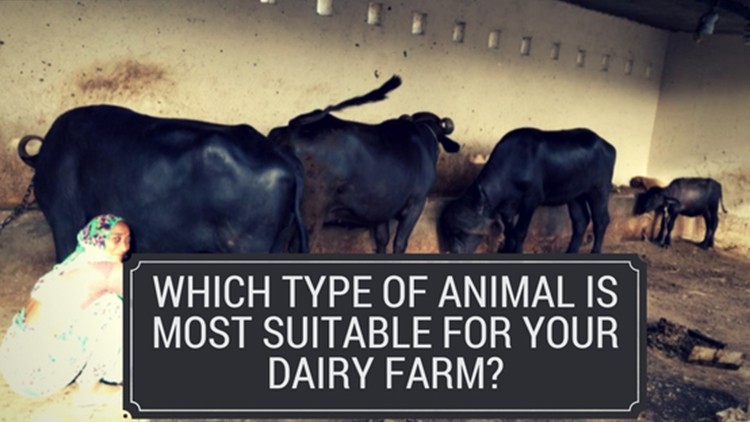The highest recorded test day milk production in a cow’s first 150 days in milk (DIM) is referred to as peak milk. Generally, farmers used peak milk to calculate the success of the dry period and early lactation nutrition and management.
Peak milk reflects the how well cow accepted the feeding practices during the dry period, calving and first lactation periods. It is observed that cows generally produces approx peak milk by 45 to 90 DIM and lose production capability with time. But many share that each added pound of peak milk would contribute to 200 to 250 pounds more milk for the whole lactation.
It is observed that poor nutrition and health issues are the major factors which affect the peak milk of the cattle.
So it is really necessary to maintain early lactation performance to improve the peak milk yield.
1. Encourage successful dry period: A successful dry period can contribute to improving the peak milk. Good nutrition and proper health management during dry period influence health and performance after birth. So, if you are not getting the expected outcome then must change the regular followed schedule and develop a new one as per the requirement.
Strict Schedules for dry cows :
- Balanced dry matter intake (28 to 32 pounds per day)
- Restrict overfeeding
- Regular checkup of body condition score gain
- Providing comfort.
- Checking foot health.
2. Precaution for Subclinical Milk Fever: You need to be attentive to prevent your cattle from the risk of subclinical milk fever during the first week of lactation. Low blood calcium (lower than 8.0 milligrams deciliter) can cause the following diseases.
- Ketosis
- Higher somatic cell count
- Delayed uterine involution
- Metritis
- Depressed feed intake
- Reduced milk yield
3. Proper Feed intake after calving Make a proper diet chart that contains the following:
- 10-15 gallons of warm water
- Fresh Mix ration
- 5-10 pounds of alfalfa/grass hay.
- Clean the feed bunks regularly to maintain hygiene
4. Manage cow comfort:
- Shelter the cows in a fresh cow group for 14 to 21 day
- Make sure there stand 30 to 36 inches of bunk space per cow
- Utilize a stocking rate at 80 to 85 per cent of capacity.
- Use a stocking rate at 80 to 85 per cent of capacity.
- Reduce stresses especially for first-calf heifers
- Don’t separate the cows from regular herd mates
- Provide proper cooling to dry and lactating cows.
5. Keep a check on rumen health and prevent ruminal acidosis:
It is recommended to provide flake of alfalfa/grass hay after calving because early lactation diet should hold high fibres that is approx. 31 to 35 per cent neutral detergent fibre.
6. Cows with a history of health problems:
One needs to keep the record of cows which had suffered some health issues in the past like ketosis, mastitis or milk fever to avoid it in future.
7. Estimate BCS:
The cow should have 3.0-3.25 BCS at calving. The cows should not exceed more than 4 and should not be less than 0.5 to 1.0 units of BCS within-herd variation. This regular checkup reduces the risk of overweight.
8. Don’t serve spoiled food:
Well, one should avoid serving the feed which has gained mould, wild yeast or any other things. One should feed a good amount of anti-oxidants to reduce the risk of diseases.



